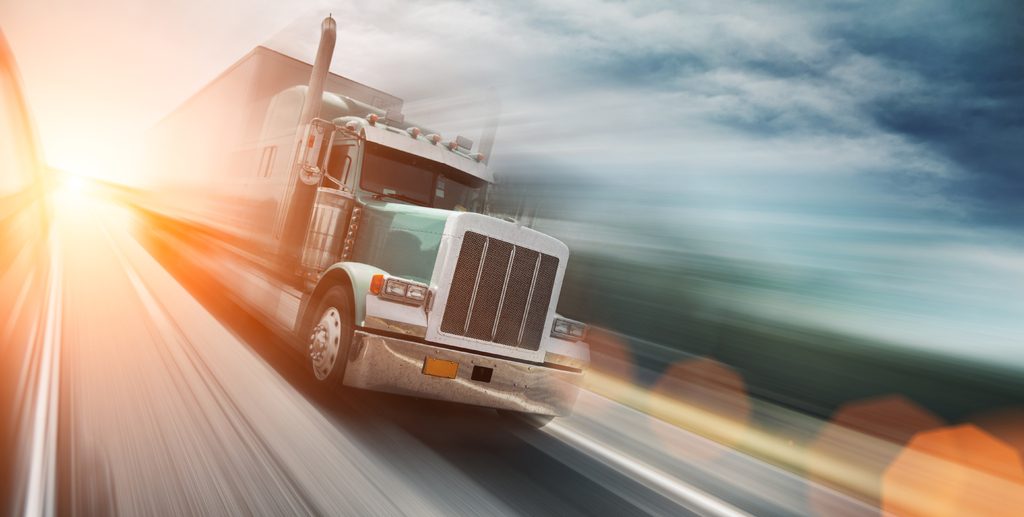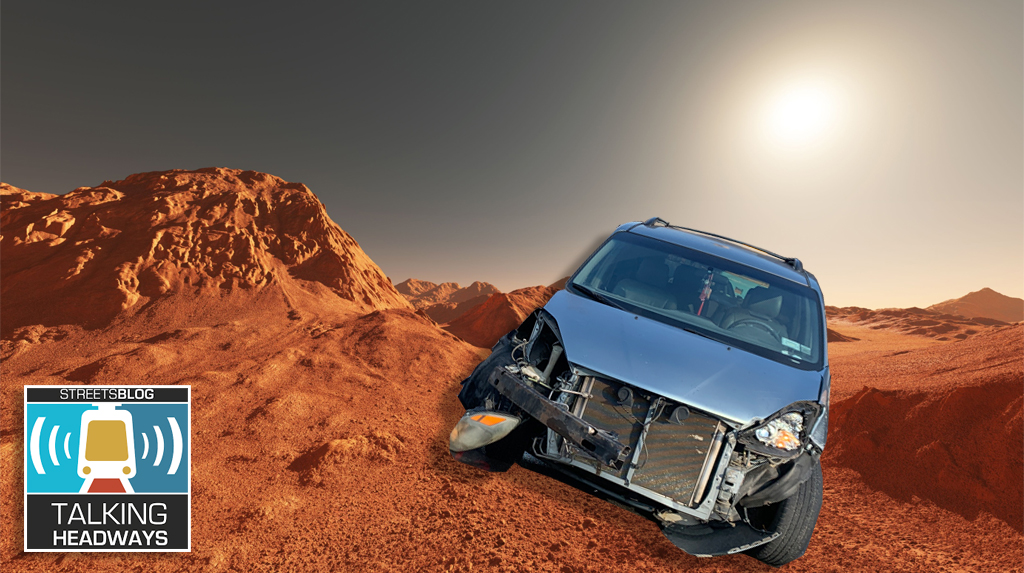To understand why the climate change bill is a top priority for urbanists, it's crucial to understand the emissions allowances that the legislation distributes. The allowances essentially put the "trade" in "cap-and-trade" -- whichever industry or state government holds them can benefit from their monetary value or use them to emit pollution under the "cap."
The ideal for many clean transportation advocates remains the so-called "CLEAN TEA" proposal, which would set aside 10 percent of total allowances for states to use on transit, inter-city rail, freight rail, bike-ped projects, or any number of other plans to reduce transport-based emissions.
The climate bill approved by the House in June, however, gave a maximum of 1 percent of allowances to clean transportation.
So how did the auto industry fare? Car companies, which have enlisted the Obama administration's support for a costly national transition to electric vehicles, got 3 percent of allowances in the first several years of the House bill to help fund production of "advanced automobiles."
Alliance for Automobile Manufacturers spokesman Charles Territo said in an interview that his group considered the House set-aside "fair."
"We strongly believe that allowances or credits, in whatever form they take ... should go to the industry, particularly because we have such a big role to play in reducing emissions," Territo said. "We're being asked to shoulder a great deal of emissions [cuts]."
Carmakers are pushing for a slice of the climate pie on the state level as well.
In California, where officials are preparing to issue carbon credits to spur transportation emissions cuts, Toyota -- which was sued by California for not transitioning to cleaner cars -- said that it wants allowances otherwise slated for electric utilities.
“Any societal benefit from the low-carbon-fuel
aspect of these vehicles, especially the generation of credits,
must accrue to the auto manufacturer, Toyota said in a public filing with the California Public Utilities Commission, as first reported by Bloomberg.
The Senate has yet to settle on how many allowances it would set aside for automakers, transit, and other modes of transport. How those chips fall is "something we'll be paying close attention to," Territo said. "Ultimately, it's important that credits be reallocated to the industry, to continue to reinvest in new technologies."
The American Public Transportation Association's (APTA) statement on the Senate bill does not directly reference allowances or the "CLEAN TEA" bill, stating simply: "We strongly urge the Senate to provide robust funding for transit and transportation investment in future versions of the [climate bill]."





